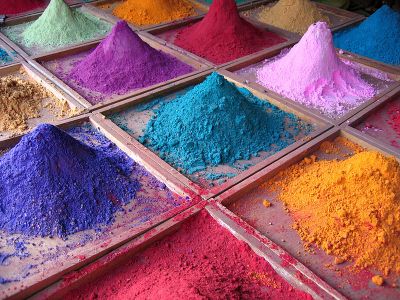Coatings have
become ubiquitous, whether to impart aesthetic properties such as
brilliant colours or shine or functional properties such as increased
hardness or corrosion resistance. Physical vapour deposition (PVD) is an
important plasma coating technology that relies on vaporising materials
under vacuum conditions. It is one of the most promising processes as
it delivers brilliant and decorative finishes with superior hardness and
wear-resistance and minimal environmental impact.
Excessive cost and limited process reliability have prevented more
widespread use in less expensive items for areas including construction,
cars, appliances, and micro- and optoelectronics. EU-funded scientists
are developing affordable PVD coating technology for improved coatings
with work on the project 'Design and develop a new generation of colour
PVD coatings for decorative applications' (NANO4COLOR).
Technology focuses on nanocomposite thin-film coatings (less than
two microns) in a wide palette of colours. They are made of a dielectric
matrix with embedded metallic nanoclusters. Hybrid processing
technology will enhance reliability and decrease costs and toxic
emissions. Reactive magnetron sputtering (RMS) is being combined with
either high-power impulse magnetron sputtering (HIPIMS) or a cluster
gun.
Scientists have selected three applications to ensure compatibility
with large and complex geometries, transparent and opaque colours, and
high coating uniformity of large areas with fine 3D details. The team
has now developed the cluster gun prototype and a simulation of
nanocluster formation. The gun was used in combination with the original
two process technologies as well as a third, combined RMS and
annealing, with very promising results.
The nanocomposite design as a route to tailor-made colours was
validated showing that control of nanocluster size and distribution
produced similar colours with all three coating techniques. Coloured
nanocomposite coatings deposited using the cluster gun and HIPIMS have
been fully characterised and product prototypes can be seen on the
project website.
Affordable, durable and environmentally friendly coloured PVD
coatings for a variety of everyday products will have important positive
impact on producers of decorative coatings and of end-products. As for
consumers, they can look forward to a wide variety of beautiful metallic
colours in numerous products.
 EN
EN  CS
CS DE
DE ES
ES FR
FR HU
HU IT
IT PL
PL PT
PT РУ
РУ SK
SK TR
TR УК
УК AR
AR 中文
中文







